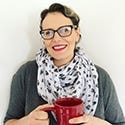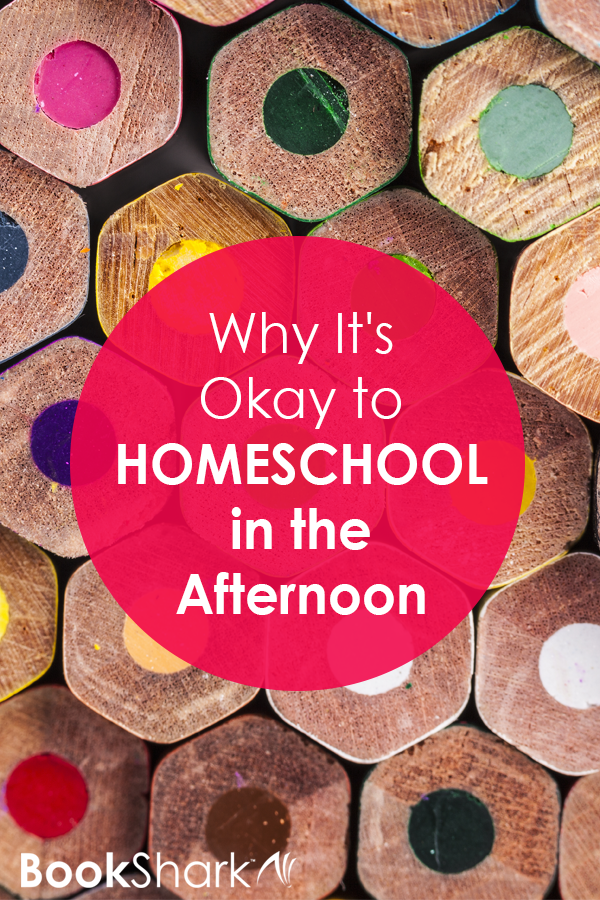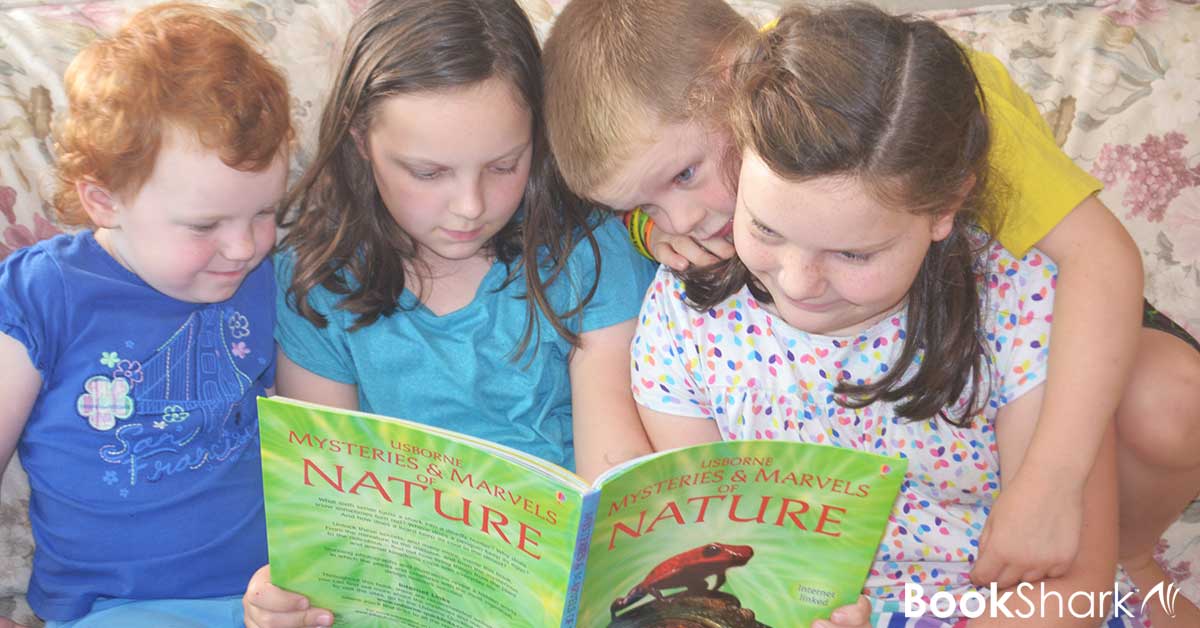With our flexible homeschool schedule, we’ve had the space and control to achieve a perfect rhythm for our days. This schedule has not been imposed on us by public school, and we’re reaping the rewards! Life is much more relaxed, and the kids are learning more, too. Flexible routines and schedules are another reason why I say homeschooling is best.
The Science of Routines
Science backs the importance of routines for children. Psychology Today speaks about the comfort that children get from having a predictable routine. When they know what is happening, they feel safe.
A study found that a fixed family schedule actually helps children with behavioural issues such as oppositional defiant disorder and hyperactivity/impulsivity. I can attest to this! Our son has elements of both of these disorders and benefits from knowing what is going to happen during his day. When he is in a routine, he has far fewer meltdowns and is much more willing to learn and to engage.
Based on the data, it would be easy to think that a rigid public school routine is the ultimate comfort. But I have found the opposite to be true. And I’m not the only one!
Rigid Public School Routines Are Old School

In his TED Talk from 2010, Bring on the Learning Revolution, the late Sir Ken Robinson explained that the current public school system is based on an old model from the 19th century, “We have to go from what is essentially an industrial model of education, a manufacturing model, which is based on linearity and conformity and batching people.”
The public school schedule is an example of this conformity. Children do thrive on predictability, but they are often forced into a learning routine that does not work for them mainly so they can be batched and managed.
My kids did not thrive with the one-size-fits-all timetable of public education. In fact, the early, rushed starts caused them a huge amount of anxiety.
Some kids are better later in the morning or in the afternoon. An article in TIME says that teenagers are actually better suited to staying up late and sleeping late, so a more flexible school schedule could lead to more motivated teens. I know that my 9-year-old twins, who do like a set routine, benefit from a later start.
The Beauty of a Flexible Homeschool Routine
Schedules and routines are great, but I don’t think the public school ones should be forced on everybody. And this is where the beauty of the homeschool schedule comes into play. There are so many ways that you can mold your daily schedule to best suit your child. Here are some of the freedoms we’ve discovered in our years of homeschooling:
- Kids can get enough sleep and are rested and ready for the day. They can then start the day when they feel ready to learn.
- Kids can have a peaceful morning routine rather than feeling stressed and rushed.
- You can decide if you want to follow year-round homeschooling, take breaks periodically or use a 4-day schedule. You have the flexibility to decide what works best for your family and to change your mind whenever you like.
- You can homeschool on the road and take holidays when you want to. Kids can experience the world, without having to wait for designated periods in the year to go on vacation.
- Kids can have a break if they’re sick or even just having a bad day. We do this a lot! It’s difficult to expect concentration and engagement from kids when they don’t feel their best.
- You can dive deeply into child-led learning, letting children focus on what delights and engages them. A flexible schedule means that subjects can easily be moved around to accommodate these interests.
The world is changing, and education needs to change too. Even though public schools are constantly improving, they are not doing so quickly enough. The old way of managing kids is still prevalent in most schools, yet this way of teaching is not going to prepare all of them adequately for the future. And that’s why homeschool is the best!
When you school at home, you can adapt learning, content, and schedules to give your children the best education possible. And then they can be ready to face a changing world that needs people flexible enough to navigate its complexities.

About Our Author
Charlotte Jones is a multi-tasking mom who works from home. She spends her days blogging at My Little Home School, homeschooling her twins, and teaching English online. Her home is a small house in a quaint little town on the coast of South Africa. You can often find her swimming in the lagoon or hiking in the forest with her husband, special needs twins, and furbaby. She loves her family, spending time in nature, running, red lipstick, and drinking too much coffee.






